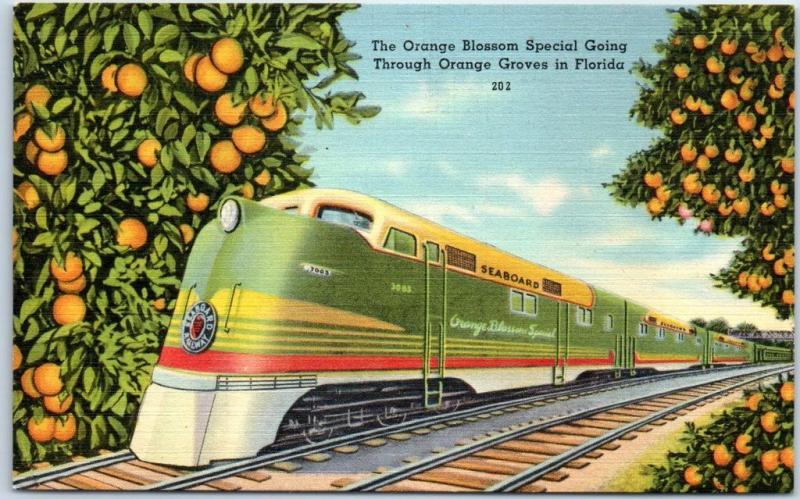Mr. Dunville, before you "were", Amtrak essentially had "turnkey purchase of service agreements" with the roads, which simply meant "railroad everything". It was during '72 when they selected the 1200 cars that they were going to acquire from the roads (paid for largely by credits against the buy in fees). No question whatever, stainless structured cars were preferred.
These are my thoughts as to the three questions:
1. The "General Idea" was to acquire "the best" of what was available, in 1971. Available equipment was inspected nationwide, with each car's inspection documented by a written report and an orange sticker was applied to the inside of the switch locker door. The inspectors were well qualified.
At the time, the initial fleet was thought to be sufficient - until the question of Amtrak's longer term survival could be settled. Doubts prevailed - even with respect to the NEC - until two events answered the question:
First: Amtrak, as a test, drastically reduced the Boston-NYP fare to $9.90, marginally undercutting the bus competition. The passenger response was instant and significant.
Second: The Oil Embargoes of the early 1970s forced crush loads, with many trains filled with standees prior to departure from initial terminals.
These two developments caused the reassessment of hundreds of cars "passed over", in 1971.
2. The stainless steel cars were superior and recognized from the beginning - and through the HEP Program - as "preferred". The sheathed Corten steel cars simply experienced a long, slow death "enmasse", in spite of a few "interventions", leaving the stainless survivors. In effect, the cars "decided" this. In 1972, against a backdrop of an insufficient fleet, a sufficient number of refurbished cars were in service to equip 5 designated trains - "by decree" - to operate ONLY with these refurbished cars. In due course and heroic efforts notwithstanding, the Oil Embargo forced the use of every available car to handle the loads on these and other trains. A certain P-70 Penn Central coach, borrowed from the MBTA commuter pool and promised for next-day return from DC, instead was dispatched in service all the way to LAUPT.
Such was the insufficiency of the Amtrak fleet in the day, when "adaptation" trumped "edict".
3. As a rule, cars owned by the Western roads had been well-maintained, though mid-life overhauls were more of an exception, rather than the rule. Many roads stored their equipment in lieu of overhaul. One surprising discovery was the SP cars were in remarkably good mechanical condition, though "threadbare" with respect to upholstery, etc.
In the east, SCL had a well-maintained fleet, and had been contracting overhauls at Hamburg Industries.
The "Rainbow Fleet" was born of necessity to solve the urgent needs in the east, and particularly in PC territory, including the NEC, which was infused with equipment from SCL , RF&P and others. The eastern LD trains were filled out with equipment from UP and SP, in particular.
The ATSF equipment was in fine shape, but equipped with steam-ejector AC, for which a wise decision was made to leave such cars in service on the "home" road.


